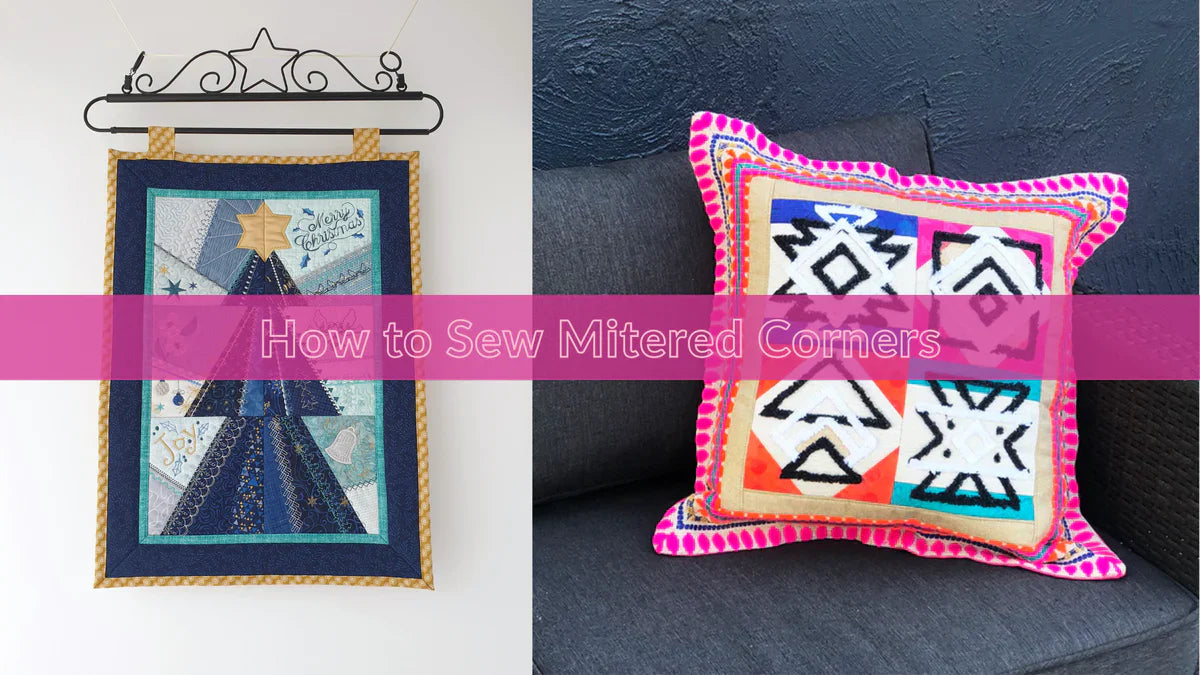Satin Stitch is made using a closely worked zig zag stitch with zig zag pressure foot.
Here are a few tips on making a nearly perfect satin stitch:
- Use interfacing for your appliqué – this will make sure that the satin stitch remains smooth, not sucked in by the machine or end up puckered or tunneled.
- Use your fingers to keep appliqué from puckering or stretching. Keeping them right in front of your foot will ensure, even when using fusible or interfacing, that you do not have any slips. Go slowly to start, and steadily move with your stitch.
- When starting make note of what you have set your sewing machine to, that way if you have to switch to s different stitch or you're interrupted from your project you'll know what stitch you were on.
- When sewing satin stitches in circles, move the pedal slowly. Keep a slow and steady pace and your stitching will remain even and smooth.
- Leave the needle in the down position and on the outside when pivoting at corners. This will ensure that your corners remain filled. Otherwise you may have blank spaces.
- Ensure that whenever you move the fabric while stitching, the needle is in the down position. If not you will be sewing stitches outside your design, unless you want that.
- Experiment with correct sewing tension and stitch length you need on a scrap fabric before working on the fabric, you might find that you like a wider stitch for some appliqué or a longer stitch for others. Do what you like.
- When you sew the perfect satin stitch none of the bobbin thread will be visible on the face of the fabric.
- Use a marker to colour in gaps in stitches.
Good luck!



1 comment
Debbie Crenshaw
Good to know. Are sharpies color fast?
Leave a comment
All comments are moderated before being published.
This site is protected by hCaptcha and the hCaptcha Privacy Policy and Terms of Service apply.